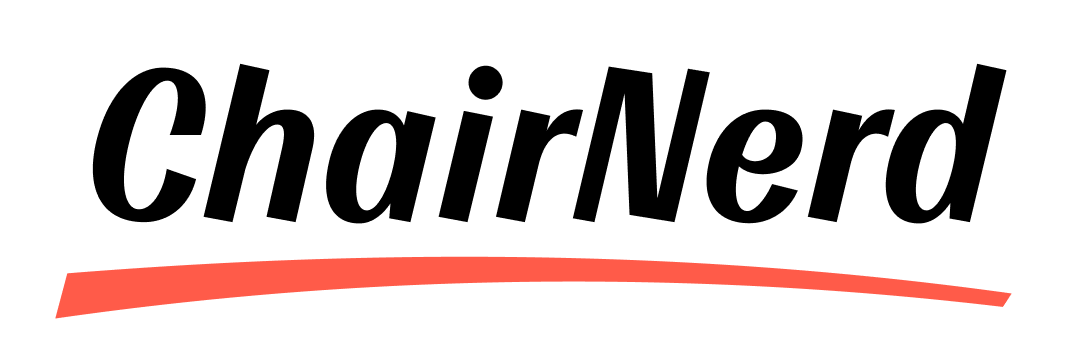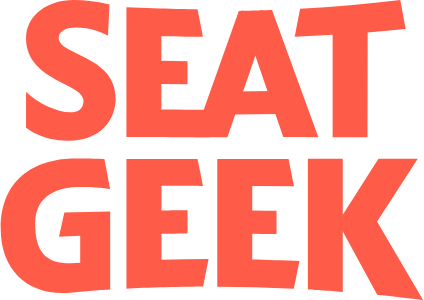Interviewing is like dating. You meet people, you learn about each other, you eventually become exclusive and agree on a title. And sometimes you make mistakes.
At SeatGeek, we’ve been putting ourselves out there. We average almost 50 interview rounds per week. Even with 35 interviewers (~70% of our total headcount), that’s roughly three interviews per person per week. (An average interview round consists of 2-3 interviews conducted by different people.) In any given week, there are likely several team members with eight or more interviews in their calendars.
It wasn’t always this way. Until recently, we didn’t even have the mechanics in place to measure interviews per week, company-wide. But a quick look at a chart of our hiring rate instantly reveals when and how much we turned up the heat:

Our reorganized hiring process has increased the growth rate of the SeatGeek team by almost 5x. We used to add a new employee every 65 days on average. Now it’s every 13 days.
Background
Like most startups, we believe deeply in the excellence of our team. Not long before our change, almost all hiring tasks – sourcing, screening, and interviews of every round – were carried out by our founders. Thus, the high caliber of our team was most easily accredited to the two of them.
In order to increase our hiring throughput (which had become unsurprisingly bottlenecked), we recruited people from every team and level at SeatGeek to join the interview team. Like most people who’ll read this post, none of us are professional interviewers, but rather professional engineers, marketers, designers, etc. Many of us are more accustomed to sitting on the receiving side of an interview table.
To say the least, it was unsettling to stake the future of our business and team chemistry on a motley assortment of relatively inexperienced interviewers. We didn’t know if it was possible to produce in this way the same quality of hiring outcome as our founders had managed to achieve so far.
The problem
Our interviewers are all different. We each have unique skills, experiences, and personalities. But regardless of differences, we uniformly trust each other’s expertise in our given domains. Counterintuitively, it’s not our dissimilarities but rather the one thing we all have in common that poses the main threat to our hiring process:
We’re all human. And humans make mistakes.
Heuristics
Matching a person to a job is a difficult, complex problem. The perfectly straightforward way to know if someone is the right fit for a job is to hire them, wait a few weeks (or longer), and evaluate their performance. Except for a few cases (e.g. contract-to-hire jobs), this is almost always impossibly impractical. An interview exists to foretell the same outcome – whether a candidate is good or bad at a job – in a compressed format, without the need to actually hire them and find out.
In this way, an interview is a heuristic – a logical shortcut or “rule of thumb” that enables one to make a decision based on only limited information.
Heuristics aren’t just nifty, but pivotal for survival. Consequently, they’re deeply ingrained in human decision-making processes. Whether or not you know the definition of the word, you use heuristics. Everyone does, every day.
Some heuristics, like “trial and error” and “working backward,” are well-known because they’re applied very intentionally. Others – like the availability, affect, representativeness, and familiarity heuristics – aren’t as well-publicized, but nevertheless they form the basis of our intuitive thinking.
Biases
The chief hazard with heuristics is misapplying them: in the wrong situation, to an excessive extent, and – most insidiously – without realizing it. We commit these errors all the time, and often in predictable patterns. When psychologists observe a heuristic systematically leading humans to make a suboptimal choice under a set of circumstances, they call it a cognitive bias.
Optical illusions (like the one below) are a helpful metaphor for grasping how stealthy cognitive biases can be. No matter how carefully you consider the left image below, square A will appear darker than square B. But this is false.

(Bonus: Here’s a gif of the same illusion.)
Imagine that an important decision hinged on our ability to correctly evaluate the color of those squares. Without the guidelines in the second image, we’d be very wrong – and have no reason to suspect it.
Interview rooms are dangerously fertile territory for cognitive biases. Without acknowledging the pitfalls, we risk conducting interviews that confound good hiring decisions. In Part 2, we’ll catalog a few cognitive biases of which every interviewer should be wary.

